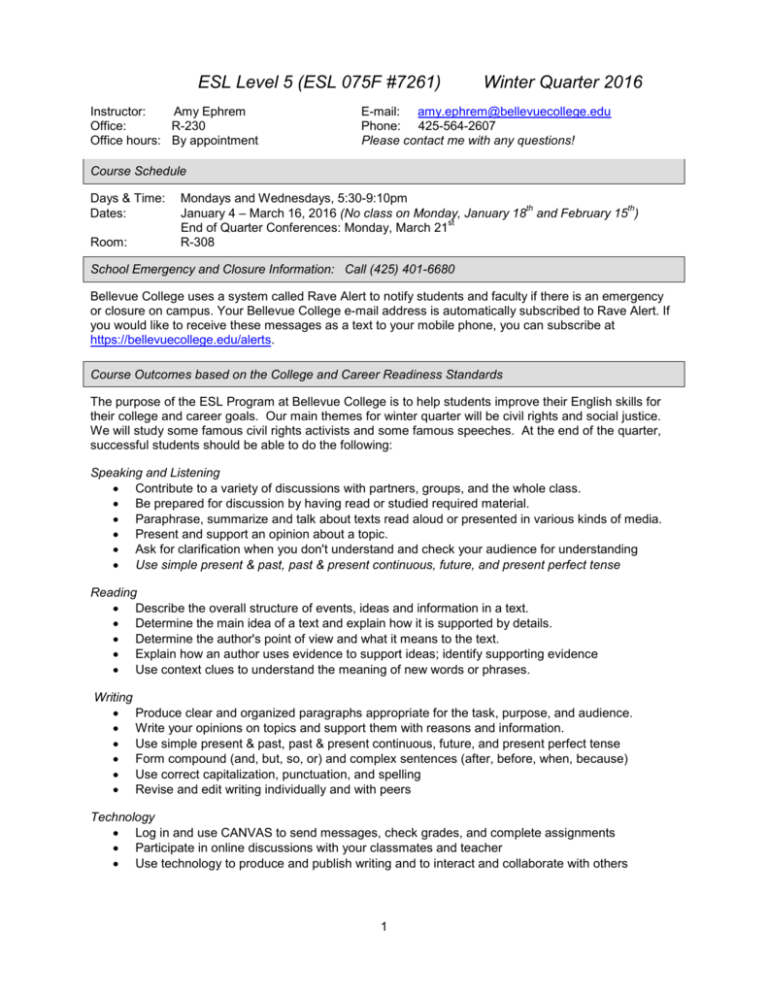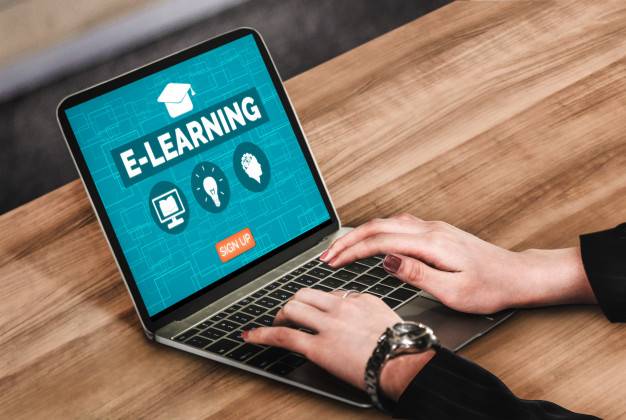
Remote training is a great option for employees who are unable to attend work. Both parties can benefit in the long-term. Remote training is not for everyone. Many people feel socially isolated when they leave their home each day. Remote training allows employees to interact with each other and make friends, which is crucial for mental health.
Disadvantages of remote learning
Remote training offers many advantages, but there are also disadvantages. Remote training has one major drawback: there is no synchronous classroom interaction. Face-to face classes are where students have daily contact with each other. Face-to-face classes are characterized by constant contact and group exercises. It will be difficult for trainees in remote courses to concentrate on their work if there is not enough interaction. The asynchronous nature and distance of remote training can make it difficult or impossible for trainees to connect with one another. Students can improve the effectiveness of their training by finding like-minded peers.
Remote training is becoming a very popular option in certain industries. This type of training is available in a variety of formats, including video, audio, and self-paced courses. Web Presenter, which is a digital presentation platform that allows users to view presentations online and listen to the presenter via telephone, is one method. Participation via remote conference calling is another option.
Time-independence
Remote training gives students the ability to complete courses at their own pace. Remote learning is possible with most resources online. Students can study when and where they want. Distance learning offers students an alternative to traditional education which requires students to adhere to a schedule and follow specific learning processes. Students can learn at their own pace while fitting course content into their daily routines. They can also balance work and personal obligations.

Distance learning has another benefit: students can choose to study at their own pace, whether they are at home or at work. Online courses may allow students the opportunity to study from anywhere they choose, including their office or home. This can significantly reduce the training time and can save up to 40%-60%. Distance learners can work while taking additional courses. This makes it possible to make the most of your free time.
Flexibility
Flexibility can have many benefits. Companies offering it should be deliberate and thoughtful about how they implement it. Recent research by Microsoft Work Trend Index found that more than half (Black, Latino, and White) of workers would prefer to work remotely. However, the reality is more complicated.
Remote training offers employees many advantages. Employees don't have to travel far to receive training. This is a tedious and inefficient method. Furthermore, employees aren't required to travel to different locations for training.
Absence of personal interaction
The lack of personal interaction when doing remote training is an important issue to consider. It can have a negative impact on student's persistence and learning. Although technology and online courses can be designed to foster interpersonal interaction, a lack of proximity can make meaningful interaction more difficult. These are some tips that will help you feel connected to your fellow students when doing remote training.
The scheduling of your training sessions is important. Although remote training can be extremely effective for employees, it is important to remember that remote training may not work well for them. They are less likely to be around their peers and will become distracted. This can lead to poor learning experiences and miss opportunities to learn essential skills. You can also avoid this problem by using a parallel mediation model.

Cost-effectiveness
Remote training can be a cost-effective and efficient way to train employees. It streamlines the process and reduces logistics. This also increases coordination. It can adapt to the learning preferences of each participant. Remote training can incorporate live chat functions, communication software like Slack, and video features such as subtitles, pause, rewind, and more. Remote training is also less expensive than traditional methods because travel costs are lower for both the instructor and participants.
For a company, in-person training can run into the thousands per employee. But remote training eliminates these costs by allowing employees to complete training requirements from their homes. They can also access course material via an internet connection. Another advantage of remote training is that it is scalable.
FAQ
What should my course in eLearning look like?
Your eLearning course needs to be interactive and encourage learners to engage with it.
This means that the design needs to be easy to navigate, and the content needs to be presented clearly.
This also means that content must be engaging and interesting.
These are the three main things that will ensure your eLearning course is compliant with these requirements.
Content
It is important to determine what content you would like to include in an eLearning course. In addition to the content itself, you also need to decide how long each section of the course should be. If you are teaching someone how to write letters, you will need to determine how long you want each topic to take.
Navigation
The second crucial decision is how you want your learners navigate through your course. Do you want them scrolling through all pages at once? Or do they want to be able to jump straight to the relevant sections?
Design
Finally, decide how your course will look. You will need to decide how long each screen takes to load and what size font you want. Also, you will need to decide if graphics are desired (e.g. pictures).
Once you've made all the decisions, you can test your course and see if it works.
Where is elearning used?
E-Learning is an effective way for people who cannot attend face-to-face classes to learn at their own pace. It's also great for teaching someone how to do something.
E-Learning is also very well-liked by businesses, as they can incorporate it into their training programs.
E-Learning has become more popular in schools, as it allows for time and money savings.
What systems are used in e-learning?
E-learning can be described as an online learning platform where students can learn via a computer monitor. It allows interactive activities like discussions, quizzes, and tests.
E-learning also offers web-based programs that enable users to access information from the internet through a computer. This program is often called "online education".
How much multimedia can an eLearning course include?
The answer will depend on what you want. It is better to have a shorter delivery time if you want to convey information quickly. If you're looking to deliver training that helps people do something, however, more might be better.
The most important thing is to know what your goals are for your eLearning courses. Understanding what learners expect from your course is essential. This will help you ensure you have sufficient content to meet your goals.
Take, for example:
To teach people how to use Microsoft Word, it is best to provide lots of examples of text documents. On the other hand, if you want to teach people how to use Excel, then you would need to show them many different types of spreadsheets.
You also need to consider whether you want to use video or images to illustrate concepts.
Video is great to show people how it works, but not so much for explaining complex topics. Video is also quite expensive to make. Images are cheaper to produce, but they don't convey the same level of emotion as a video.
Let's be clear: Before you start designing an eLearning course, you need to carefully consider what you want.
How do I choose which eLearning platform to use?
There are thousands of eLearning sites available. Some are completely free, others more expensive.
When choosing between these options, you need to ask yourself some questions.
-
Do I want to design my own learning materials If so, then there are plenty of free tools available that allow you to create your own eLearning courses. These include Adobe Captivate. Articulate Storyline. Lectora. iSpring Suite. and Camtasia.
-
Do you offer ready-made courses in eLearning? Several companies sell pre-packaged courses. They cost from $20 to $100 for each course. Mindjet and Edusoft are the most well-known.
-
Do I want a combination of both? Many people find that combining their own materials and those of a company produces the best results.
-
Which option is best for me? It depends on the situation. If you are just starting out with eLearning, you might consider creating your own materials. However, once you have gained experience, you may want to consider purchasing a pre-designed course.
What are the potential benefits of elearning for students as well as teachers?
E-learning can lead to better learning outcomes for both students as well as teachers. It also allows learners to access information at any time and from anywhere. E-learning allows educators to interact with students through technology in new ways.
E-learning allows teachers and students to receive individualized instruction, feedback, as well as support. Students are more motivated and engaged as a result. E-learning can be used by teachers to improve communication, collaboration, critical thinking, and other skills. It can be used to improve teaching practices by providing opportunities for self reflection and reflection on the experiences of others.
E-learning allows for a reduction in training costs. A teacher might want to teach his/her class about a topic but doesn't have the money to buy books or materials. However, the same material may be available online so there's no need to buy it.
Statistics
- In the 2017 ATD research report Next-Generation E-Learning, 89% of those surveyed said that changes in e-learning require their staff to update or add new skills. (td.org)
- The UK sample was relatively balanced in terms of gender (56% male) compared to the Gambian group (77% male). (sciencedirect.com)
- Reliability, validity, and descriptive statistics (The Gambia). Empty CellCRAVEMeanSDACBICOEEHABHEHMPEPOPVSESITRAC0.770.635.080.842) in behavioral intention to use e-learning in The Gambia (53%) and the UK (52%), (sciencedirect.com)
- India's PC market clocks 9.2% growth to 3.4 million units in the September quarter (economictimes.indiatimes.com)
External Links
How To
Which technology should I use for my job?
You have many options depending on the type of device that your learner uses.
-
Computer-based courses can be delivered via a computer.
-
Mobile devices such smartphones and tablets can be used in eLearning.
-
To deliver courses, you can use both computers and mobile devices.
-
Some companies offer eLearning courses via DVD discs that can be viewed on any type of computer.
-
This is the best option. Users can access the content online through web pages.
-
You can also use hybrid solutions, where one part of the course can be delivered via a website and another through a CD/DVD.
-
Some organizations offer free eLearning courses via the telephone. These can be recorded and re-recorded by the learner.